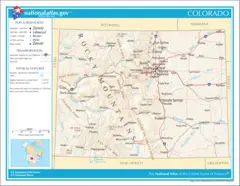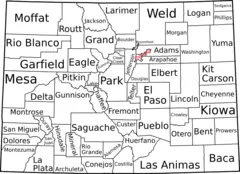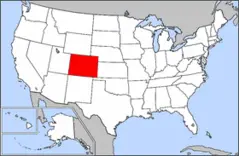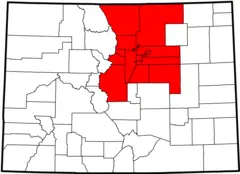Colorado Rivers And Lakes
Several important rivers originate from and flow through the state of Colorado.
Colorado River
The Colorado River is one of the longest rivers in the American West. Facts about the Colorado River in Colorado:
- It originates in Rocky Mountain National Park and runs southwest 1,450 miles to the Gulf of California.
- The river flows through canyons and deserts, including the Grand Canyon in neighboring states.
- Major Colorado reservoirs and lakes include Lake Powell, Lake Mead, and Lake Havasu.
- Dams on the Colorado River generate hydroelectric power for the region.
Rio Grande River
The Rio Grande River forms part of Colorado's southern border with New Mexico. Details about the Rio Grande:
- It flows from southern Colorado through New Mexico and eventually forms the U.S.-Mexico border further south.
- The Rio Grande flows through the San Luis Valley and the Rio Grande National Forest.
- It provides important water supply and irrigation in an arid region.
Arkansas River
The Arkansas River originates in Colorado before flowing east over 1,460 miles. Facts about the Arkansas River:
- It begins high in the Rocky Mountains near Leadville, Colorado.
- As it flows east, it passes through the cities of Pueblo and Colorado Springs in Colorado.
- The river descends from mountains through plains and canyons further downstream.
Major Lakes in Colorado
Notable lakes in Colorado include:
- Grand Lake: Located in Rocky Mountain National Park.
- Lake Dillon: A reservoir that is popular for recreation.
- Blue Mesa Reservoir: The state's largest lake, located on the Gunnison River.
- Lake Pueblo: Provides water storage and attractions southeast of Pueblo.
Colorado's rivers and lakes are essential to irrigation, water supply, recreation, and hydroelectric power. They also showcase the state's diverse topography and natural heritage.
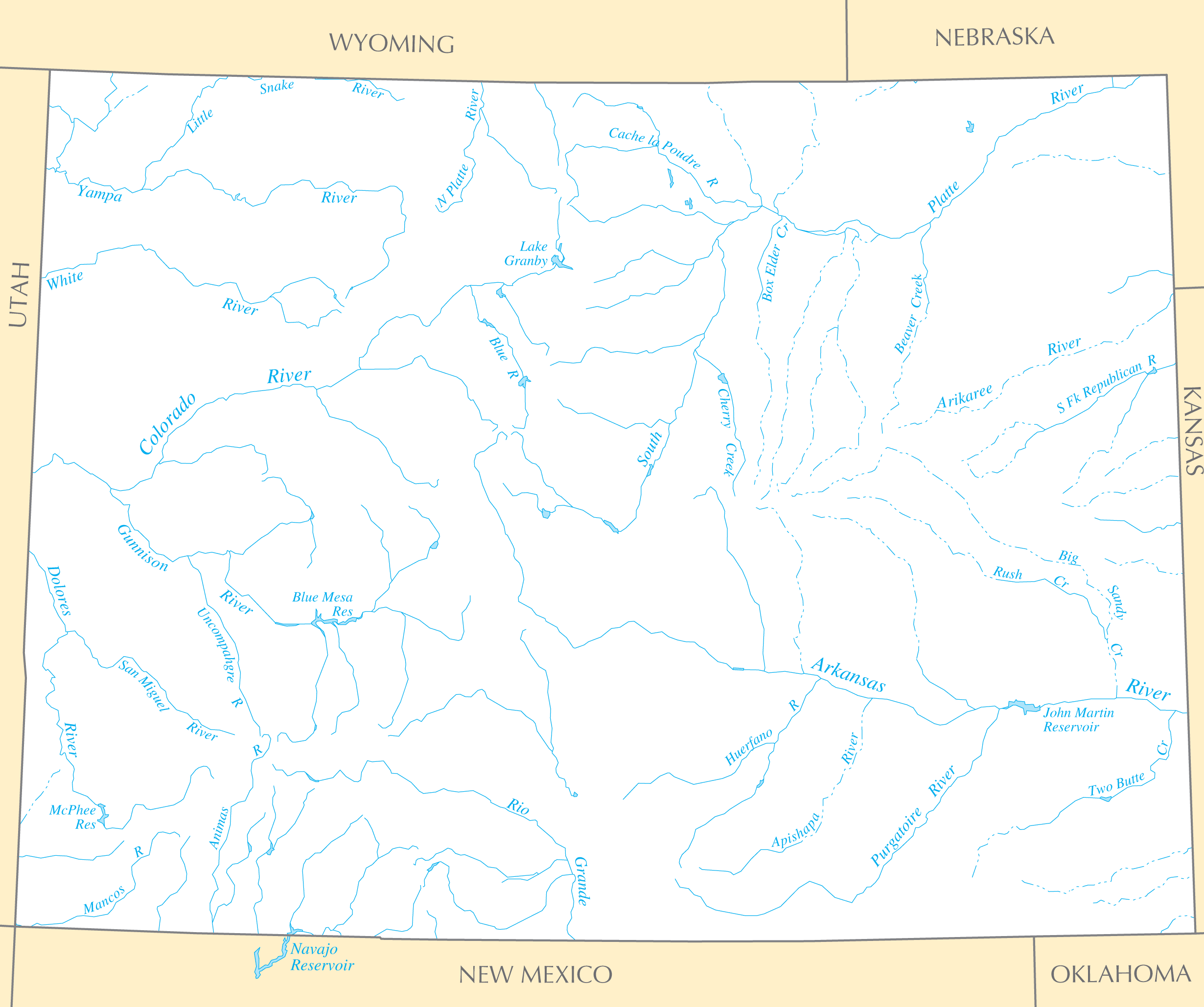

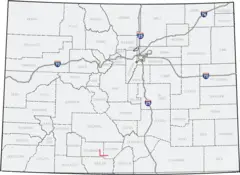
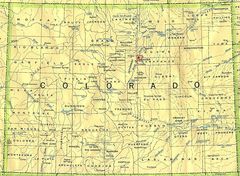
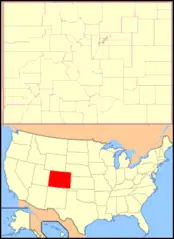
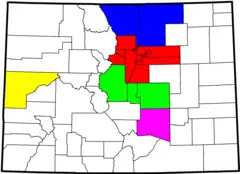
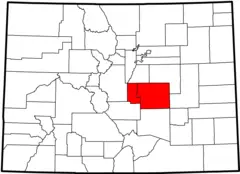
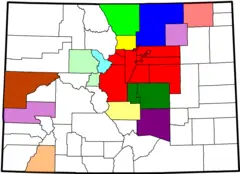
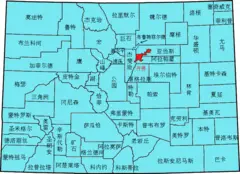


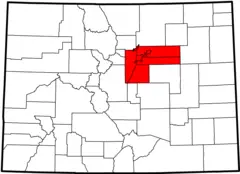
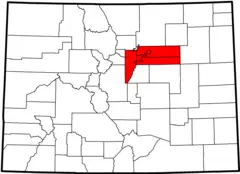
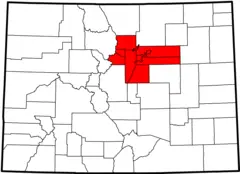
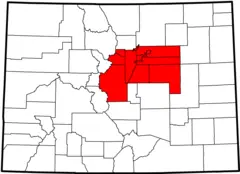
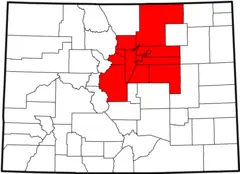
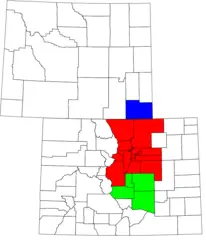
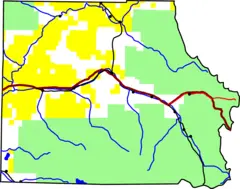
_map.png)
_map.png)
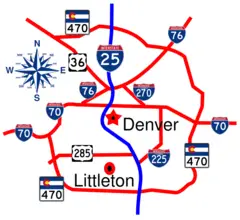
_map.png)
_map.png)
